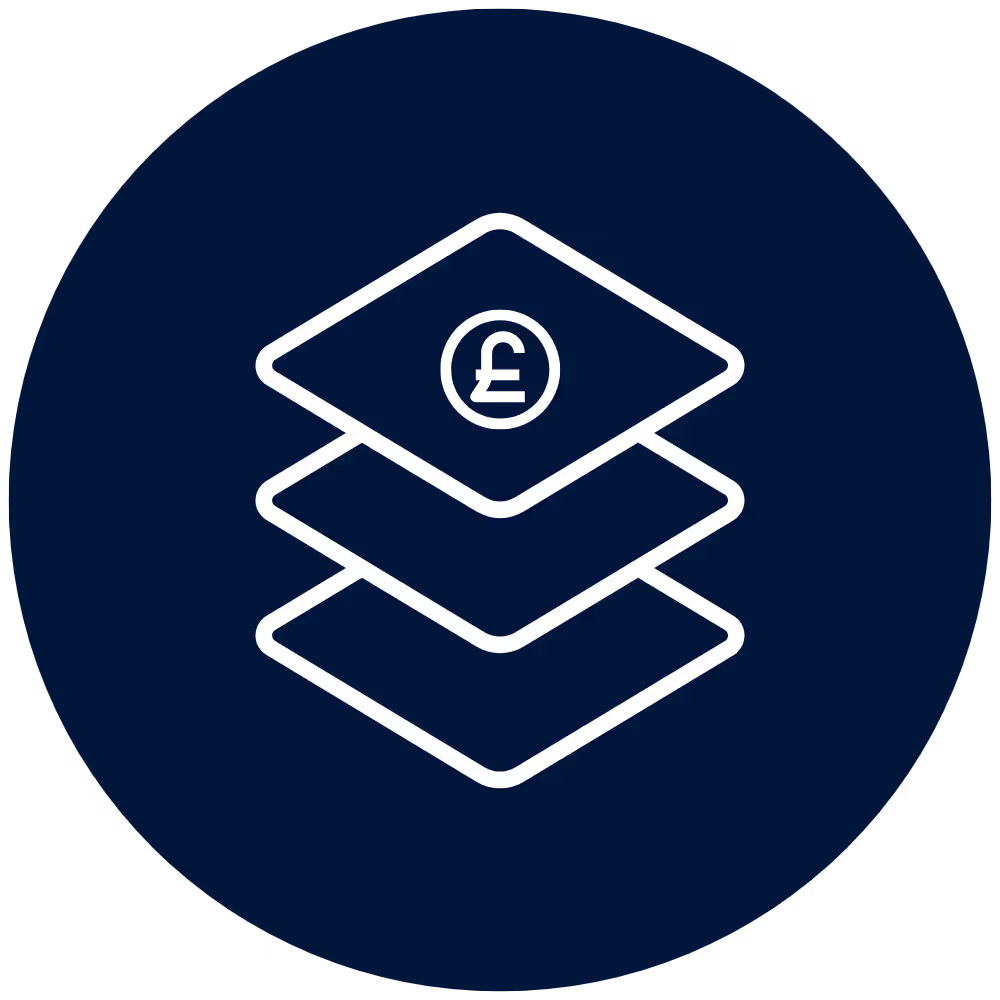Enhance Retail Experiences with Smart Guest WiFi
Deliver reliable connectivity and capture valuable insights to personalize shopping journeys and boost customer loyalty.
- Increase Customer Loyalty
- Leverage Data for Personalization
- Influence pre-purchase decision making

















Industry-leading results in retail WiFi
Unlock new levels of guest engagement
Explore the power of Purple's Guest WiFi: Collect insights effortlessly, integrate seamlessly, and deliver superior experiences.
Struggling to Personalize Customer Journeys?
Capture detailed customer data to create personalized shopping experiences. Use insights to tailor promotions, recommend products, and develop targeted marketing strategies that increase sales.
Finding it Difficult to Understand Shopper Behavior?
Leverage WiFi analytics to understand shopper behavior and preferences. Gain a competitive edge by anticipating customer needs and enhancing their in-store journey.
Lack of reliable connectivity?
Provide fast, secure internet access, encouraging customers to stay longer and explore more. Elevate their shopping experience with a reliable connection that promotes discovery and engagement.
.avif)
Seamlessly connect with your customers
Explore how our Guest WiFi for retailers can get your visitors online quickly, easily, and securely — with potential ROI opportunities in return.
.svg)
Purple has been a fantastic partner! They are always excited to support our business objectives and quick to respond to any emails/requests we may have enabling us to deliver against our organizational goals.
Choose the Perfect WiFi Plan for Your Retail Space
Find the ideal WiFi solution to connect with customers and enhance their shopping experience.
Connect
- Secure captive portal
- Branded splash pages
- 25 supported languages
- Network analytics
- Monitor speed and venue coverage
- Compliance with major data laws
Capture
- First-party data capture
- CRM integration
- Detailed WiFi analytics
- Behavioral insights
- Email address verification
- Access to our support team
Engage
- Customized access journeys
- Personalized communications
- Advanced WiFi analytics
- Full suite integrations
- Passpoint and profile authentication
- Fully managed service options
Get started with Purple
Make the most of your Guest WiFi for retail spaces with our handy resources.












